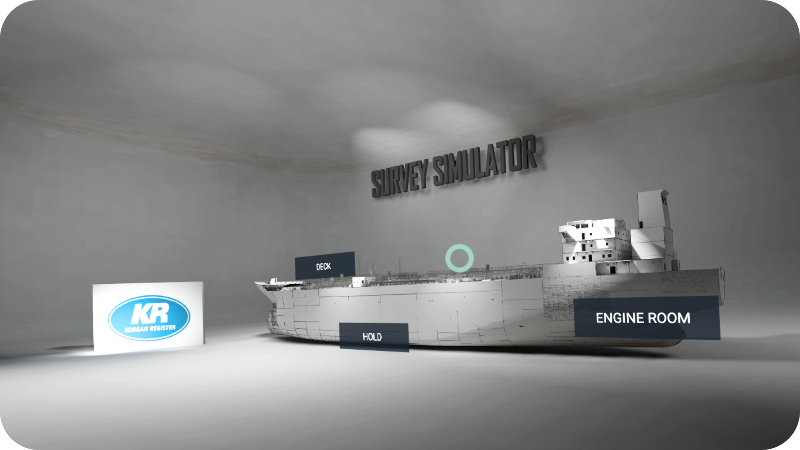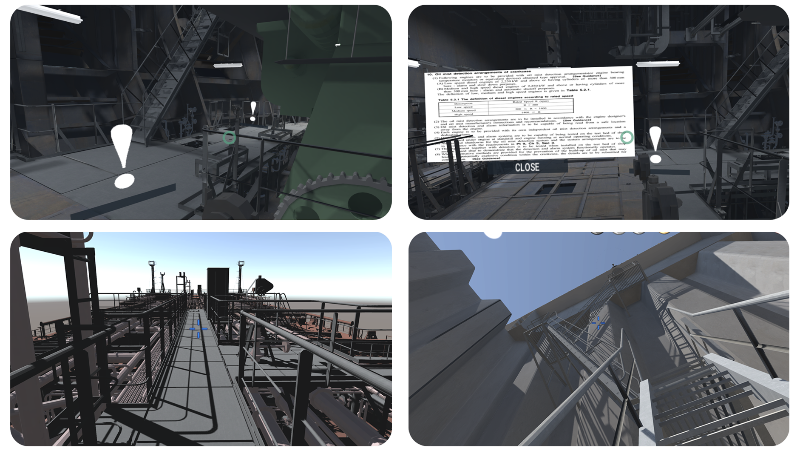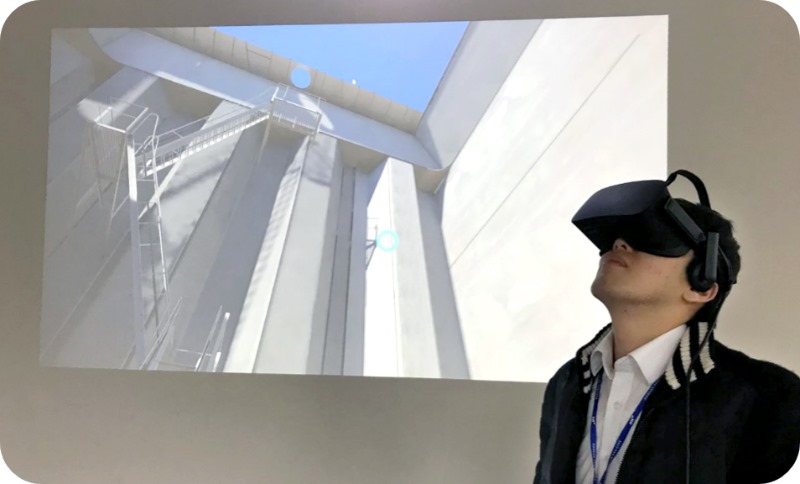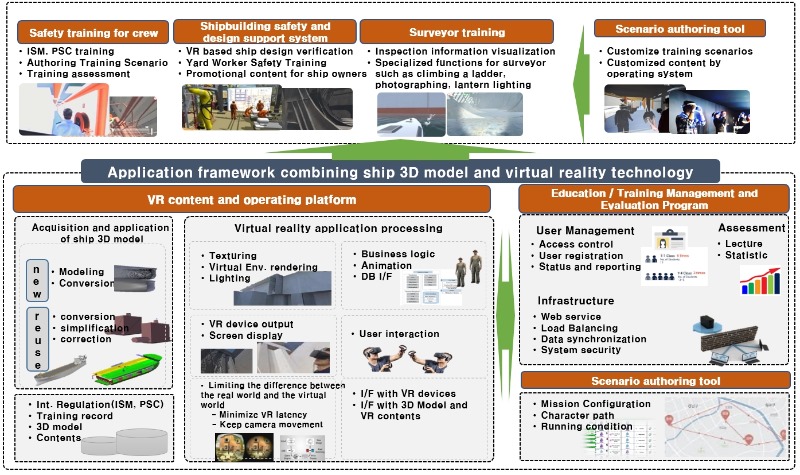 KR Webzine Vol.117
KR Webzine Vol.117
- Dec. 2021
- Nov. 2021
- Oct. 2021
- Sep. 2021
- Aug. 2021
- Jul. 2021
- Jun. 2021
- May. 2021
- Apr. 2021
- Mar. 2021
- Feb. 2021
- Jan. 2021
- Dec. 2020
- Nov. 2020
- Oct. 2020
- Sep. 2020
- Aug. 2020
- Jul. 2020
- Jun. 2020
- May. 2020
- Apr. 2020
- Mar. 2020
- Feb. 2020
- Jan. 2020
- Dec. 2019
- Nov. 2019
- Oct. 2019
- Sep. 2019
- Aug. 2019
- Jul. 2019
- Jun. 2019
- May. 2019
- Apr. 2019
- Mar. 2019
- Feb. 2019
- Jan. 2019
- Dec. 2018
- Nov. 2018
- Oct. 2018
- Sep. 2018
- Aug. 2018
- Jul. 2018
- Jun. 2018
- May. 2018
- Apr. 2018
- Mar. 2018
- Feb. 2018
- Jan. 2018
- Dec. 2017
- Nov. 2017
- Oct. 2017
- Sep. 2017
- Aug. 2017
- Jul. 2017
- Jun. 2017
- May. 2017
- Apr. 2017
- Mar. 2017
- Feb. 2017
- Jan. 2017
- Dec. 2016
- Nov. 2016
- Oct. 2016
- Sep. 2016
- Aug. 2016
- Jul. 2016
- Jun. 2016
- May. 2016
- Apr. 2016
- Mar. 2016
- Feb. 2016
- Jan. 2016
- Dec. 2015
- Nov. 2015
- Oct. 2015
- Sep. 2015
- Aug. 2015
- Jul. 2015
- Jun. 2015
- May. 2015
- Apr. 2015
- Mar. 2015
- Feb. 2015
- Jan. 2015
- Dec. 2014
- Nov. 2014
- Oct. 2014
- Sep. 2014
- Aug. 2014
- Jul. 2014
- Jun. 2014
- May. 2014
- Apr. 2014
- Mar. 2014
- Feb. 2014
- Jan. 2014
- Dec. 2013
- Nov. 2013
- Oct. 2013
- Sep. 2013
- Aug. 2013
- Jul. 2013
- Jun. 2013
- May. 2013
- Apr. 2013
- Mar. 2013
- Jan. 2013
- Dec. 2012
- Nov. 2012
- Oct. 2012
- Sep. 2012
- Aug. 2012
- Jul. 2012
- Jun. 2012
- May. 2012
- Apr. 2012
- Mar. 2012
- Feb. 2012
- Jan. 2012
- Dec. 2011
- Nov. 2011
- Oct. 2011
- Sep. 2011
- Aug. 2011
- Jul. 2011
- Jun. 2011
- May. 2011
- Apr. 2011
- Mar. 2011
- Feb. 2011
- Jan. 2011
- Dec. 2010
- Nov. 2010
- Oct. 2010
- Sep. 2010
- Aug. 2010
- Jul. 2010
- Jun. 2010
- May. 2010
- Apr. 2010
- Mar. 2010
- Feb. 2010
- Jan. 2010
- Dec. 2009
- Nov. 2009
- Oct. 2009
- Sep. 2009
- Aug. 2009
- Jul. 2009
- Jun. 2009
- May. 2009
- Apr. 2009
- Mar. 2009
- Feb. 2009
- Jan. 2009
- Dec. 2008
- Nov. 2008
- Oct. 2008
- Sep. 2008
- Aug. 2008
- Jul. 2008
- Jun. 2008
- May. 2008
- Apr. 2008
- Mar. 2008
- Feb. 2008
11
November 2017
- KR Inside
- KR R&D Trends
-
Technical News
- List of National Operational Contact Points for SOPEP/SMPEP (Latest Update: 30 September 2017)
- Early implementation of the requirement to use low sulphur fuel oil (0.5%) at all ports in Yangtze River Delta ECA (from 1st Sep. 2017)
- Notice for Amendments to the KR Technical Rules (LNG Bunkering Systems)
- PSC Information
The virtual reality-based ship inspection simulator provides surveyor training software to train a ship surveyor on the classification rules and inspection procedures, using a realistic ship environment.
This software creates a virtual ship environment with a realistic light source and materials based on the 3D ship model’s actual drawings. It provides an immersive experience similar to the inspector's actual shipboard inspection by interfacing with HMD devices.

Key Features
- Realistic 3D virtual ship environment
- Offers various scenarios in different ship locations
- HMD is applied to provide visibility linked to inspection points
- Apply physical engine to recreate scenarios such as a drop, collision
- Provides an inspection database matched to the 3D virtual ship environment
- Surveyor behavior models activities such as transport boat moving, ladder climbing, hand lighting


The virtual reality based inspection training simulator provides an "application framework combining ship 3D model and virtual reality" which can be easily applied to various types of vessels and ships. The software allows the user to perform the following:
● Quickly build a 3D virtual environment for a variety of types of vessel. When constructing such a 3D virtual environment application system based on a ship, it is possible to accommodate any realistic needs of the users by constructing application methods and systems for the entire vessel and various types of other vessels.
● It is possible to build a 3D virtual environment application system for various ships suitable for the company that is not based on a specific 3D model, it prevents wasting resources on the development of similar functions and provides a foundation for focusing on application system development.
● Enables efficient user service configuration
● Provides a model in which virtual reality contents, user information, and related data are linked organically so that the user can conveniently access and use them.

KR is now working to develop a virtual reality based multi-role training simulator that can respond to the on-board emergency situations as required by the International Safety Management Code (ISM Code).


